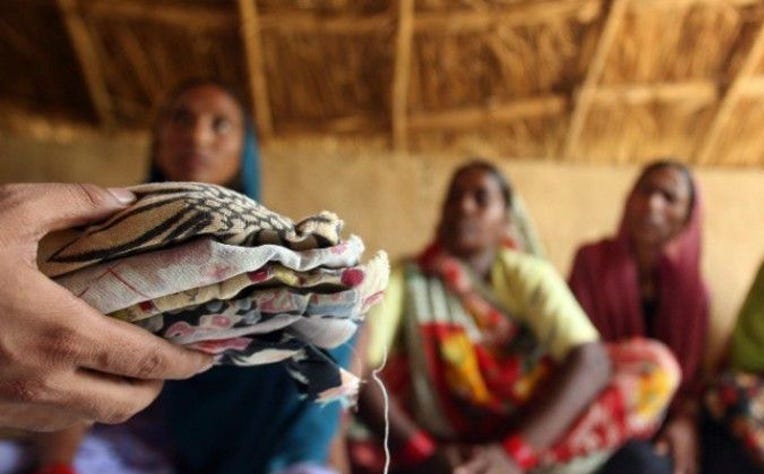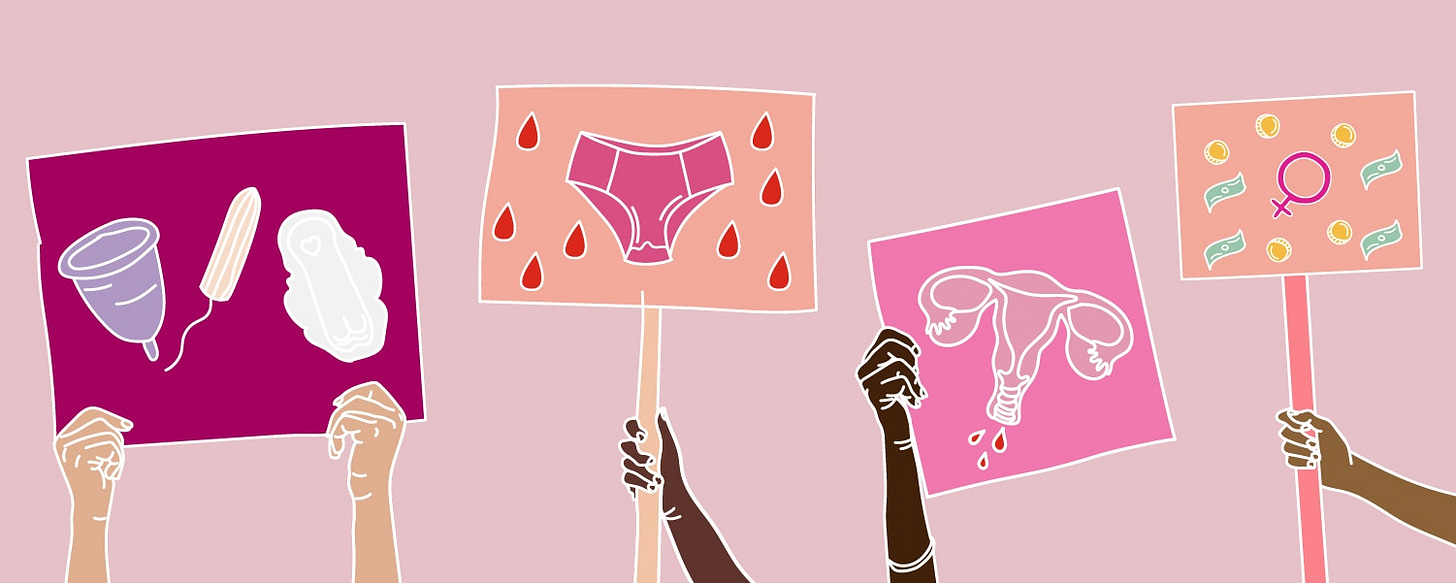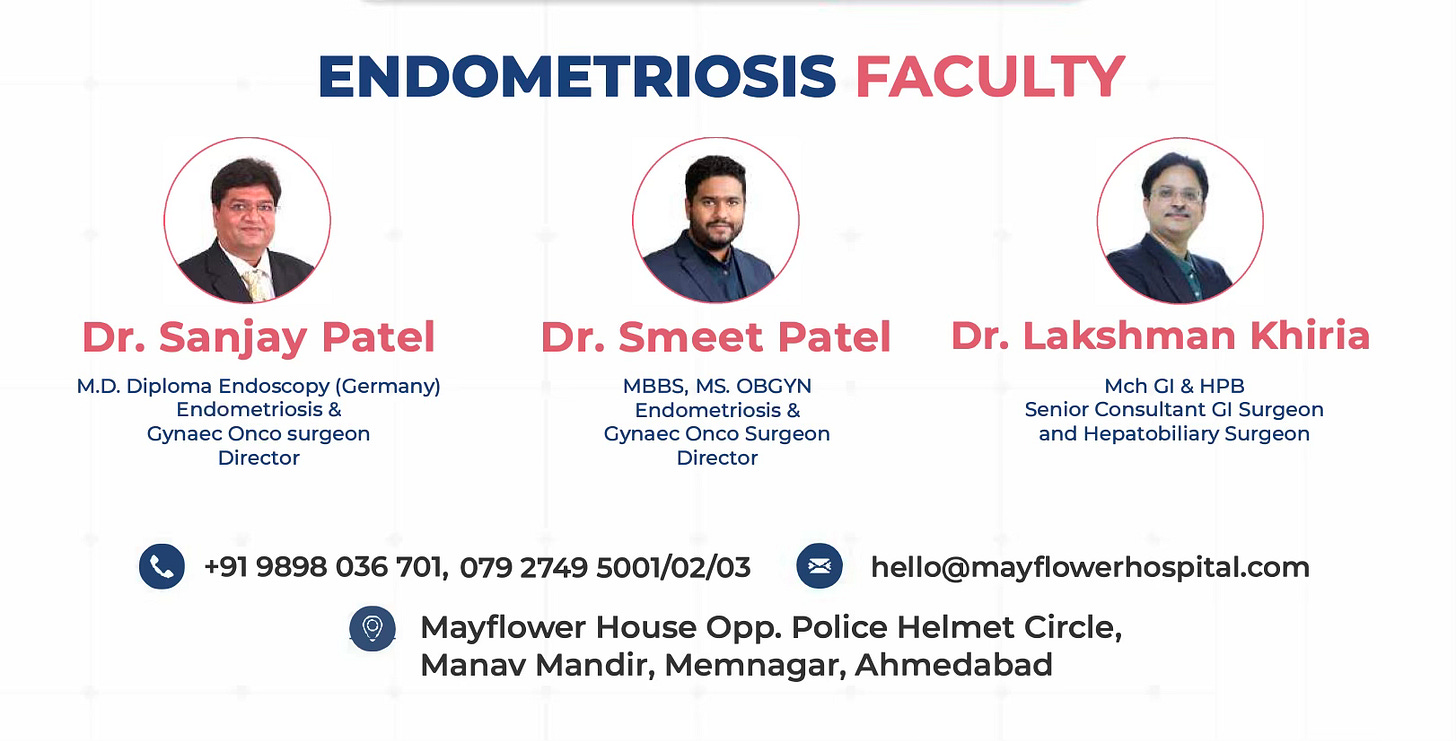Period poverty in urban India
Lack of access to clean menstrual products very quickly turns into a heavy healthcare load on Gynecs due to frequent UTIs and gynec infections. But can you avoid it?
When we think of period poverty, our minds often jump to remote villages, poor infrastructure, and lack of access to basic sanitary products. But here’s the twist: this issue is not just tucked away in India's hinterlands. It’s quietly thriving in urban slums, metros, and even among the so-called "middle class." And yet, most gynaecologists in urban setups rarely address it during consultations.
What Exactly Is Period Poverty?
Period poverty refers to the lack of access to menstrual products, education, hygiene facilities, waste management, and the freedom to manage menstruation without shame or stigma.
It's also about:
Not having a private toilet.
Not being able to afford painkillers or hot water bottles.
Not knowing what’s normal bleeding and what’s a red flag.
Having to choose between buying a packet of pads or eggs for dinner.
The term gained traction globally in the past decade, especially through UN and WHO health advocacy efforts. It was first popularized in countries like Kenya and the UK, where studies showed girls missing school during periods due to lack of access to sanitary products. Since then, it’s been studied in urban and rural contexts across Asia, Africa, and Latin America.
In India, the conversation caught fire around 2018 during the “PadMan” movement, thanks to activist Arunachalam Muruganantham and, of course, the film. But we’ve only scratched the surface.
It’s Not Just Pads
In India, over 36 crore menstruating women are affected in some way by period poverty. According to a 2022 report by Menstrual Health Alliance India:
23 million girls drop out of school annually due to period-related issues.
Less than 50% of adolescent girls knew about menstruation before their first period.
In rural areas, over 40% of women still use old cloth, ashes, or newspaper.
But even in urban India, it’s often a silent issue. Women might technically have access to pads but may ration their use. For example, using one pad for an entire day, or avoiding changing it in public restrooms due to lack of dustbins or privacy. That’s still period poverty—just with a better façade.
The Numbers Don't Lie
According to a 2022 NFHS-5 report, only 64% of Indian women aged 15–24 use hygienic methods of menstrual protection. But here’s what’s eye-opening: in urban areas, the figure isn’t as rosy as we assume. Slum-dwelling women and even some from lower-middle-income households report inconsistent access due to cost or stigma.
In Mumbai’s M-East ward—a bustling urban area—over 30% of women reported using cloth during periods, and many reused it without drying it under the sun (because, shame).
But Isn't That Just a Hygiene Issue?
Not really. This directly translates into higher rates of recurrent RTIs, UTIs, and even anemia from unmanaged heavy bleeding that women quietly tolerate.
And guess who they come to when things go south? Yes, you.
What Urban Gynecs Can Do Differently
1. Ask the right questions, always.
Even in posh clinics, don’t assume your patient is using pads or cups. A simple, “What do you usually use during your period?” opens up a world of insight. Normalize the conversation.
2. Prescribe dignity, not just medication.
If you’re treating recurrent infections or unexplained pelvic discomfort, go beyond antibiotics. Offer guidance on menstrual hygiene options. Be specific. Mention cost-effective solutions like government-subsidized pads (yes, they exist) or introduce them to menstrual cups (Rs. 300 for 5 years? Win-win.)
3. Partner with NGOs or social workers.
Several organizations—like Goonj and The Pad Project—are working in urban areas now. Keep a few brochures in your clinic. Some even provide free workshops you can host.
4. Train your staff.
Receptionists and nurses are often the first point of contact. If they can speak empathetically and informatively about menstrual health, you’ve already done half the job.
A Tiny Fix With Big Impact
Addressing period poverty during consultations doesn’t add more than 90 seconds to your day, but it can transform a patient’s life. The ripple effect is real—when one woman learns, she passes it on to her daughter, sister, neighbour.
So the next time someone walks in for "just white discharge," pause and ask: What’s she bleeding on? You might just prevent the next infection before it starts.
Mayflower X AIIMS, Delhi — Endometriosis Surgical Faculty Invitation





A recent referral from @aiims_delhi brought us into a case that reminded us why collaboration in medicine is so powerful.
A young woman battling deep infiltrating endometriosis—with complex multi-organ involvement—was taken up for surgery at AIIMS. We were humbled and grateful to be invited to assist.
Led by Dr Smeet Patel and Dr Lakshman Khiria from Mayflower Women’s Hospital, the case involved:
🔸 Butterfly Peritonectomy
🔸 Bilateral ovarian cystectomy
🔸 Torus uterinus & paramedical plaque removal
🔸 Rectal shaving & bladder nodule excision
🔸 Adenomyomectomy
The goal? Pain relief, fertility preservation, and complete disease excision.
The outcome? A successful surgery, recognition from AIIMS senior faculty, and a reinforced belief in collaborative medicine.
Endometriosis Weekly Update —
The Rule of M - A Novel Way to Triage Bowel Endometriosis
In this week’s edition, we revisit Mayflower’s Rule of M — our trusted triaging approach that’s helped reduce unnecessary colon resections and avoid complications like LARS.
We break down real OT decision-making, the shift from R&A to rectal shaving, and why surgical restraint often leads to better outcomes.
If you treat endometriosis, this is the framework you’ll wish you knew sooner.
CSEEMIG Course is Back!
Mayflower’s record in endometriosis care speaks for itself – a recurrence rate of less than 2%, far below the global average of 20-40%. This consistency is no accident.
The institute opens its doors once again, offering an opportunity to witness the approach that has set this standard.
Observe Dr. Sanjay Patel, Dr Smeet Patel and the iconic Mayflower Endo Team perform live surgeries featuring advanced techniques like the Butterfly Peritonectomy and Rule of M.
Gain insight through case discussions, Q&A sessions, and shared experiences with peers.
Registration and Payment:
Thanks for reading Pollen by Mayflower! If you liked what you read and would like to read more of it, please subscribe and receive regular updates from Mayflower.
And if you think a friend would love to read this, feel free to share it with them too. We’d appreciate it :)










